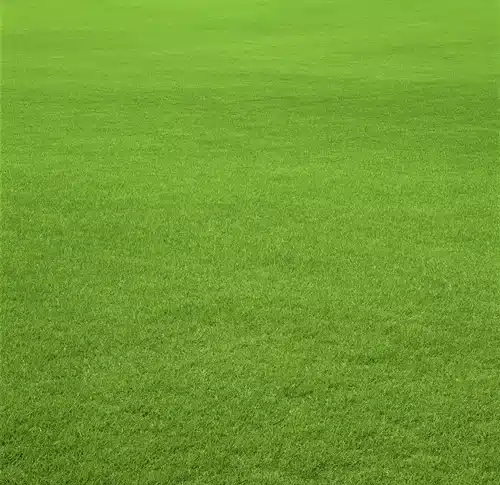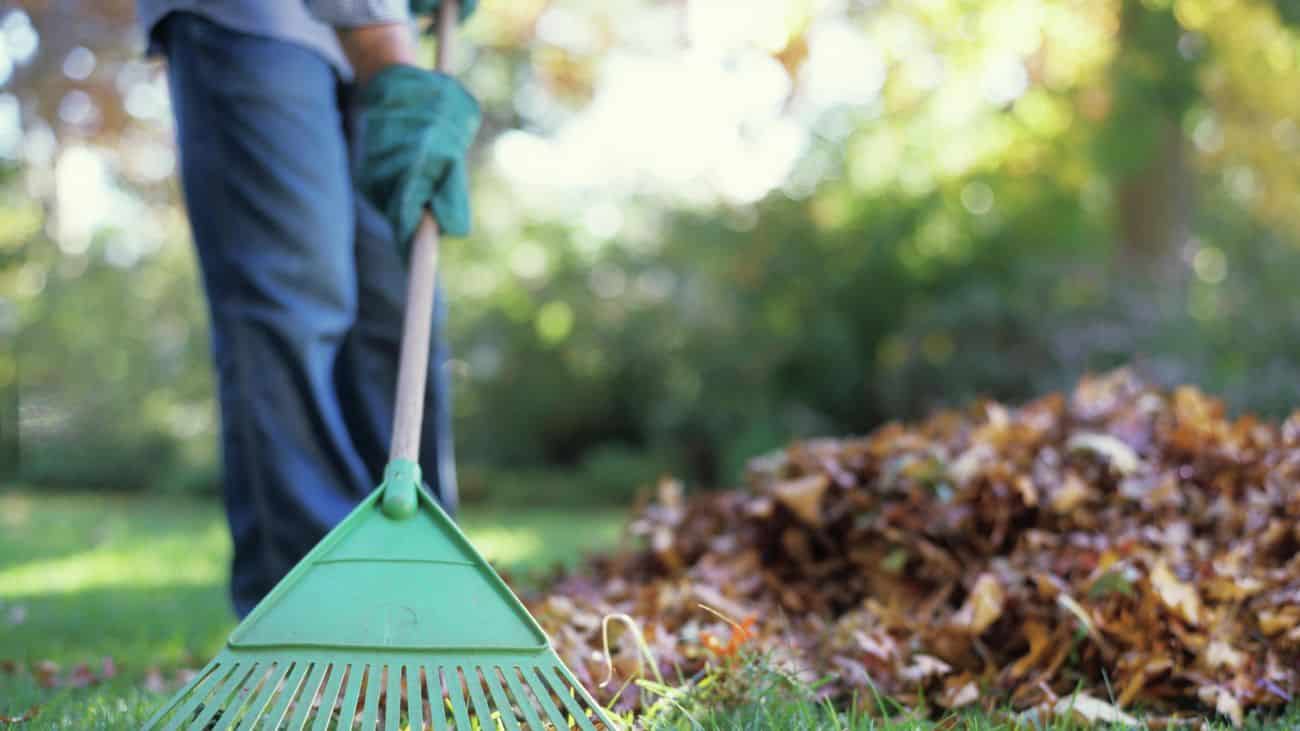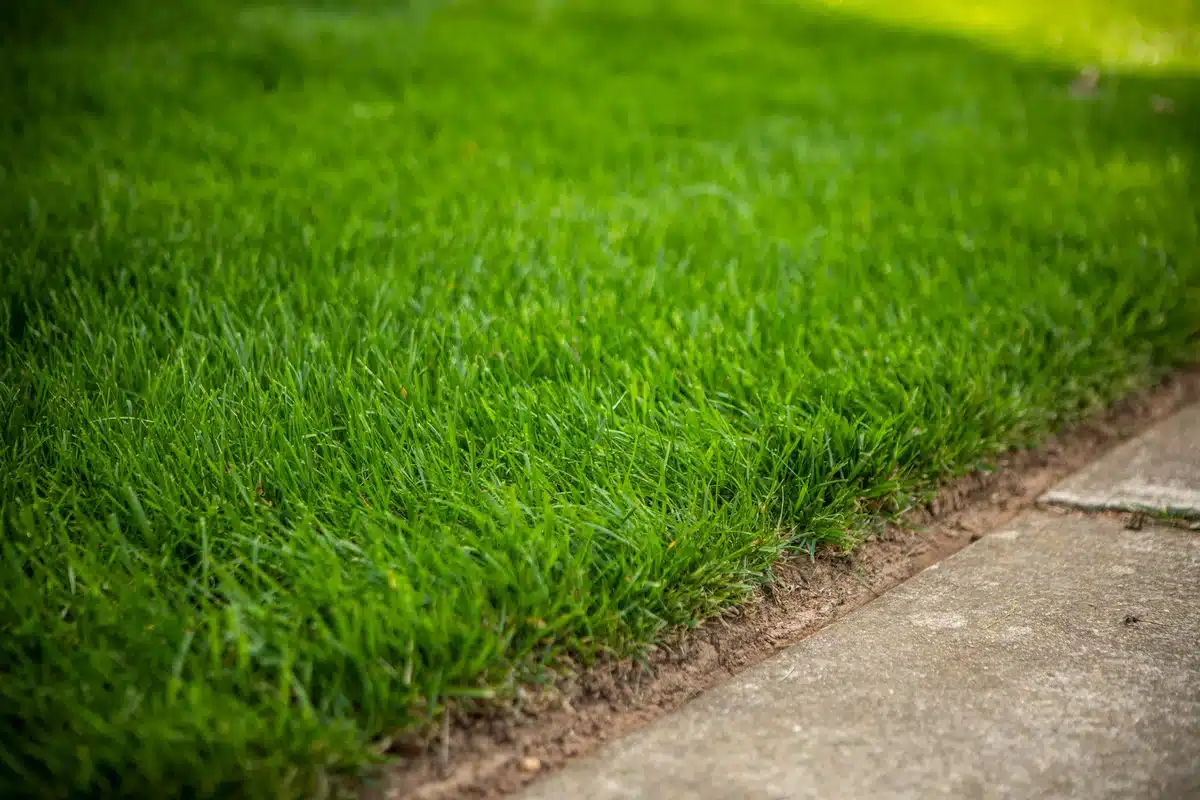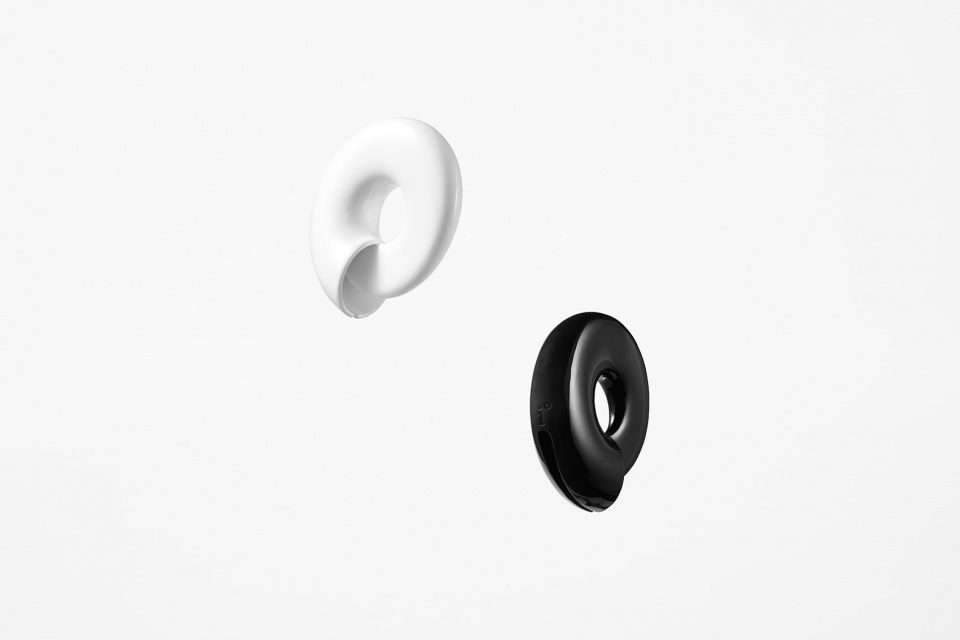If you have a lawn, you may notice from time to time that the grass is becoming patchy,
which calls for an immediate change.
Most of the time, we don’t have to worry too much since many of us have grass seeds stored somewhere in the house.
But before you take out that old bag of seeds,
you need to ask yourself whether or not they have expired.
Yes, grass seeds can expire, and if you’re not careful, you may have to plant rotten seeds.
Therefore, despite your best efforts, you will be left with a barren piece of land because the grass simply will not grow.
Surely your mind is now racing about how to make grass seeds last longer and if there is any way to know if the seeds are still good.
So below we will provide a comprehensive guide to help you understand all the details related to weed seeds.
Grass seeds have expiration dates stamped on the bags and tend to spoil over time.
It is usually best to dispose of grass seed that remains unused after the displayed expiry date.
As grass seeds age, there is a decrease in the percentage when it comes to seeds that can be successfully planted to germinate.
Therefore, you may use more seeds than usual to obtain adequate germination and coverage.
Sometimes, this is not enough either, as even after spending hours feeding,
watering or nurturing the seeds, no grass may end up being produced.
The specific period for storing grass seeds
Now that we know that weed seeds may expire, the question is, how long can one store them.
The rule of thumb is that weed seeds can be stored for two to three years.
But seeds that are less than a year old have the best chance of germination.
Most people have noticed that with each passing year,
seeds experience about a 10% decrease in germination rate.
However, this is not a hard and fast rule and may vary depending on how well the seeds are stored.
Furthermore, there are some differences, depending on the type of seeds used.
Rye grass seeds can remain viable for about five years.
They are certainly taller than more common varieties such as Bermuda seed or fescue grass.
How to store grass seeds
Since so much depends on storage, you may be curious about how to preserve seeds to get the best results when it’s time to plant them.
They should be stored in bags with mesh ventilation holes.
This way, air can enter the bag, which is good for the seeds.
The net keeps insects away from the seeds and protects them from damage.
When it comes to preserving and storing seeds carefully,
the most important rule is to keep the bag in a dry, cool place without moisture.
Ideally, steps should be taken to ensure that the temperature is below 60°F and the relative humidity is below 60%.
So the basic idea is to keep the seeds cool, but,
you should avoid freezing them, otherwise they will spoil.
When choosing a storage space, make sure to keep rodents and insects away from the grass seeds.
Likewise, when it comes to grass seed, where you live is an important storage consideration.
This determines how cold it can get during the winter.
If you see that temperatures drop below the freezing point, we advise you to avoid garden sheds, as it will not be the best idea.
Alternatively, you may consider choosing to store seeds in an insulated basement or garage.
Finally, to get the best results regardless of storage, it is recommended to purchase high-quality seeds.
Grass seed expiration signs
Even though you do your best to store your seeds in a way that they will be preserved,
they will likely expire over time.
While you usually want to check the expiration dates on boxes or bags to see if the seeds are okay,
However, these dates are not always accurate.
In most cases, these are approximate estimates,
and the shelf life of seeds depends on their quality and how well they are stored.
Now that you can’t completely rely on the expiration date, this creates an even bigger problem.
By looking at the seeds, there are usually no obvious signs that they have expired.
However, sometimes you may notice that these seeds should not be planted in your garden.
Check the grass seeds you have stored carefully;
Check for any signs of discoloration or fungi.
You can also look for clumpy, moist areas in the seeds.
If any are found, it is recommended to discard the seeds and buy a new batch.
However, if you want to use these seeds,
you are bound to have patchy grass areas and low rates of seed germination.
How to check the quality of old grass seeds
Aside from the obvious signs of spoilage, you can actually do some testing to see if your old grass seed is still good and usable.
They are fairly simple tests and can be easily done at home.
Before purchasing new seeds, we recommend taking some steps to find out whether the old seeds are good or not.
Start by placing a wet paper towel inside the cup, then add a little water,
about an inch from the bottom of the cup.
Carefully sprinkle the grass seeds onto a paper towel, then place the plastic lid over the cup.
This creates a greenhouse effect due to the cover that traps the heat.
You can add water as needed to keep the paper towel moist, but be careful not to overdo it.
Finally, you should place the cup in a dry and sunny place.
Usually, you will notice that the seeds will begin to germinate within 10 to 14 days.
Sometimes, it may take less time.
However, after the specified period has elapsed if you still notice that most of the seeds have not germinated or germinated, then you should consider purchasing new seeds.
Improving the chances of successful storage
When you purchase new seeds you will essentially get the opportunity to start this process all over again.
Once you purchase the new batch, you should carefully store it again until it is time to use the seeds.
If you’re sure you should store some of the grass seed you buy,
Making the right purchase goes a long way in taking the first step to proper storage.
Just like you would check the expiration date on milk at the grocery store,
You need to find and purchase seeds that have an expiration date set farthest from the date they were purchased.
And if you buy particularly high-quality seeds, this only improves your chances of successfully storing any unused portion.
If you’re not sure what high-quality seeds entail, we’ve got you covered.
It will have less than 0.5% weeds and no harmful seeds.
There will be no more than 2% from other crops, and fill materials,
such as dirt or chaff, will also be in quantities less than 2%.
Why Skirting Board Covers Are an Essential Addition to Your Home
Tips for planting grass seeds
Grass seeds should be given special care and given the best chance of germination,
but if you have to plant old seeds,
There are some additional measures you can take to maximize their chances of growth.
Make sure to water the seeds twice a day and keep the top of the soil moist,
keeping about an inch of soil moist until germination begins.
After noticing this phenomenon, it is best to irrigate the soil only once every day.
When the grass begins to grow to approximately three inches,
you can begin mowing the lawn, as you normally would, then resume your standard watering schedule.
You must ensure that the seeds are constantly moist,
and try not to cover them with straw either, because they may contain unwanted weeds and seeds.
But you can cover the seeds with a thin layer of topsoil,
as fresh seeds always have a better chance than old seeds when it comes to germination and grass growth.
Chicago Spire An iconic spiral edifice in the heart of Chicago












